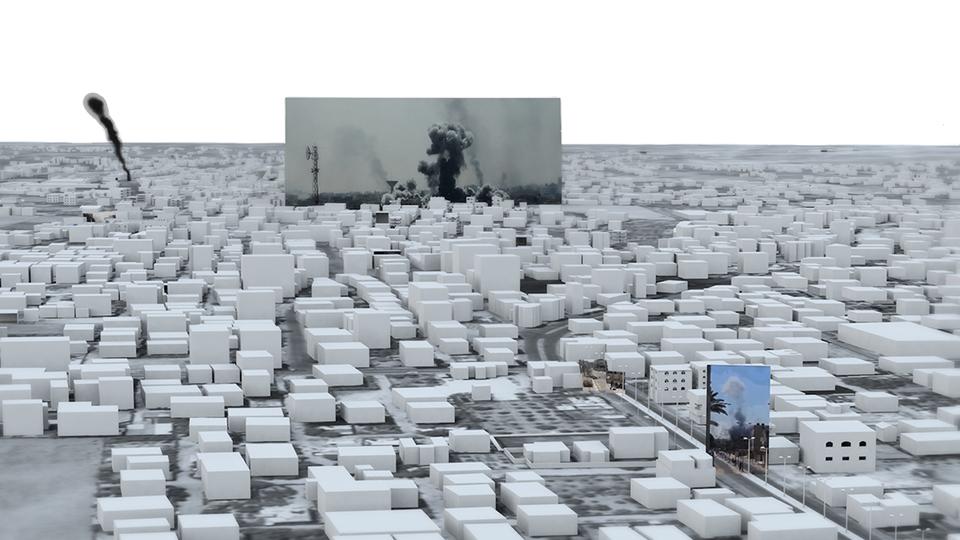A forensic examination
Primary page content
A new exhibition at The Institute of Contemporary Arts surveys the work of Forensic Architecture, an independent research agency based at Goldsmiths, University of London.

Halit Yozgat is murdered by a member of a neo-Nazi group in Kassel, Germany...
43 students from Iguala, Mexico clash with local police, then disappear...
Following a disputed ceasefire Israeli forces bombard Rafah, Gaza...
What all these events, separated in time and space, have in common is that the narratives about them promoted by state authorities are contested. What they also have in common is that they have been analysed, mapped, and reconstructed in painstaking detail by the independent Forensic Architecture research agency, based at Goldsmiths.